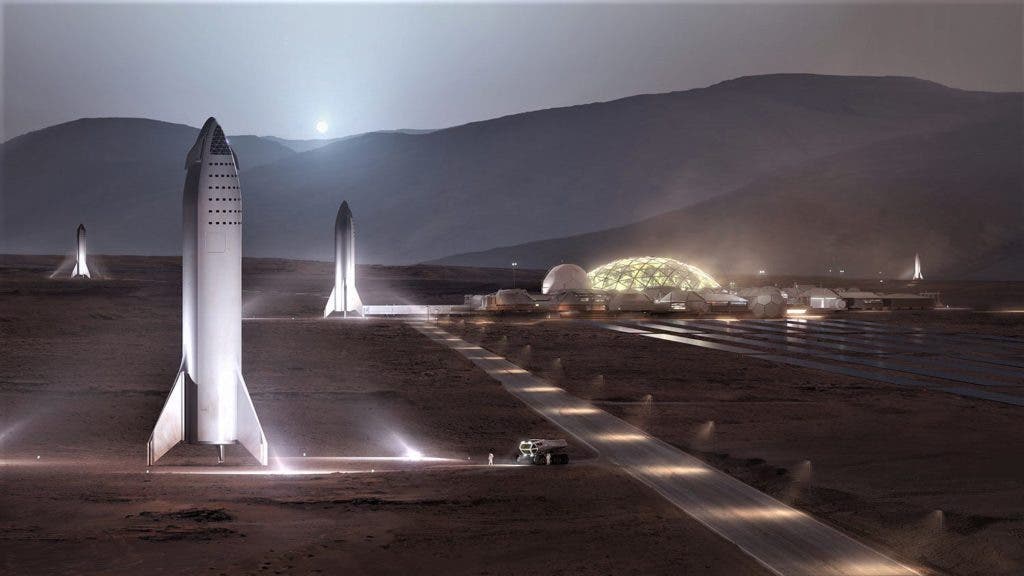
This week marked the 50th anniversary of the Apollo 11 moon landing, the first time a human being has stepped foot on the surface of a celestial body other than Earth. It was a monumental achievement that inspired generations to come, including SpaceX founder Elon Musk. Speaking to TIME space reporter Jeffrey Kluger, Musk shared some of his thoughts on human space travel, including going back to the moon. The highlight of the conversation was Musk saying that we could come back to the moon in less than two years.
“Well, this is gonna sound pretty crazy, but I think we could land on the moon in less than two years. Certainly with an uncrewed vehicle I believe we could land on the moon in two years. So then maybe within a year or two of that we could be sending crew. I would say four years at the outside,” Musk said.
But who’s ‘we’? Musk went on to clarify what he meant, implying that could very well be his company as long as his plans wouldn’t get bogged down by bureaucracy.
“I’m not sure. If it were to take longer to convince NASA and the authorities that we can do it versus just doing it, then we might just do it. It may literally be easier to just land Starship on the moon than try to convince NASA that we can.”

SpaceX’s ambitious Starship is designed to be the world’s first Mars-voyage ready vehicle. During a September 2018 event, SpaceX announced the ship’s first passengers — Japanese billionaire Yusaku Maezawa and a team of artists who will head to the moon and back. According to Musk, Starship is meant to be “an interplanetary transport system that’s capable of getting from Earth to anywhere in the solar system.”
Maezawa and colleagues are supposed to go to the moon in 2021 if all goes well — that is, if SpaceX manages to build its rocket on time and if they also receive launch approval.
“Obviously this is a decision that’s out of my hands. But the sheer amount of effort required to convince a large number of skeptical engineers at NASA that we can do it is very high. And not unreasonably so, ’cause they’re like, “Uh, come on. How could this possibly work?” The skepticism…you know, they’d have good reasons for it. But the for sure way to end the skepticism is just do it,” Musk said in this recent interview.
Meanwhile, NASA’s big plan is to send humans back to the Moon by 2024, a mere five years from now. To get there, NASA wants to use its own deep-space rocket, the Space Launch System (SLS), which is capable of lifting between 57,000 and 88,000 pounds to the Moon. The mission is aptly called “Artemis,” after the Greek goddess of the hunt and the moon, the twin sister of Apollo.
Progress is slow, however. The first flight of the SLS was meant to occur as early as 2017, but this first flight will likely take off in 2021, according to NASA. Technically difficulties aside, there also some serious financial constraints. Project Artemis could cost $20 billion to $30 billion over the next five years, meaning that NASA will need Congress to approve some extra $4-to-6 billion to its budget per year to reach that goal.
Was this helpful?



